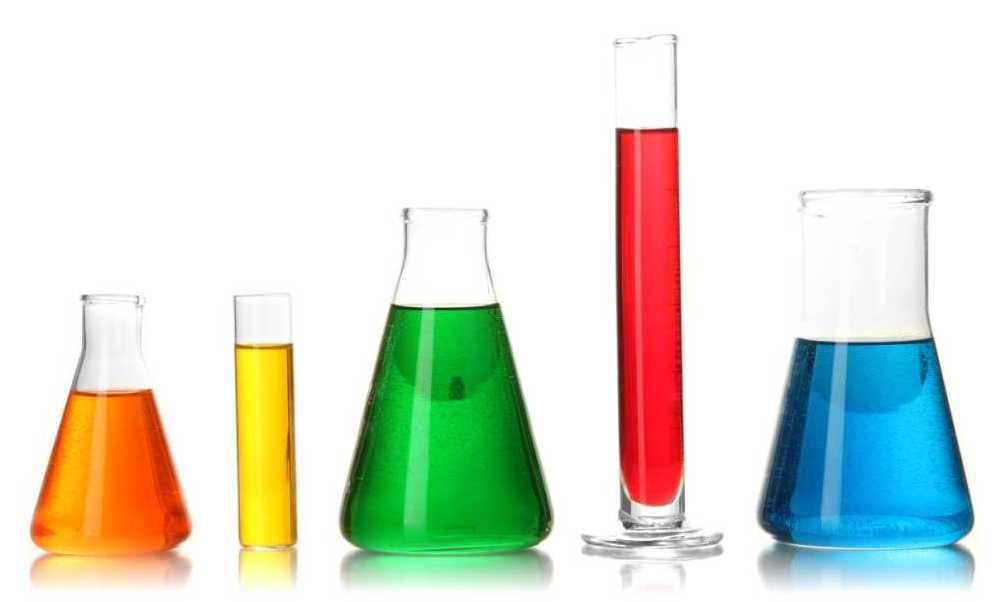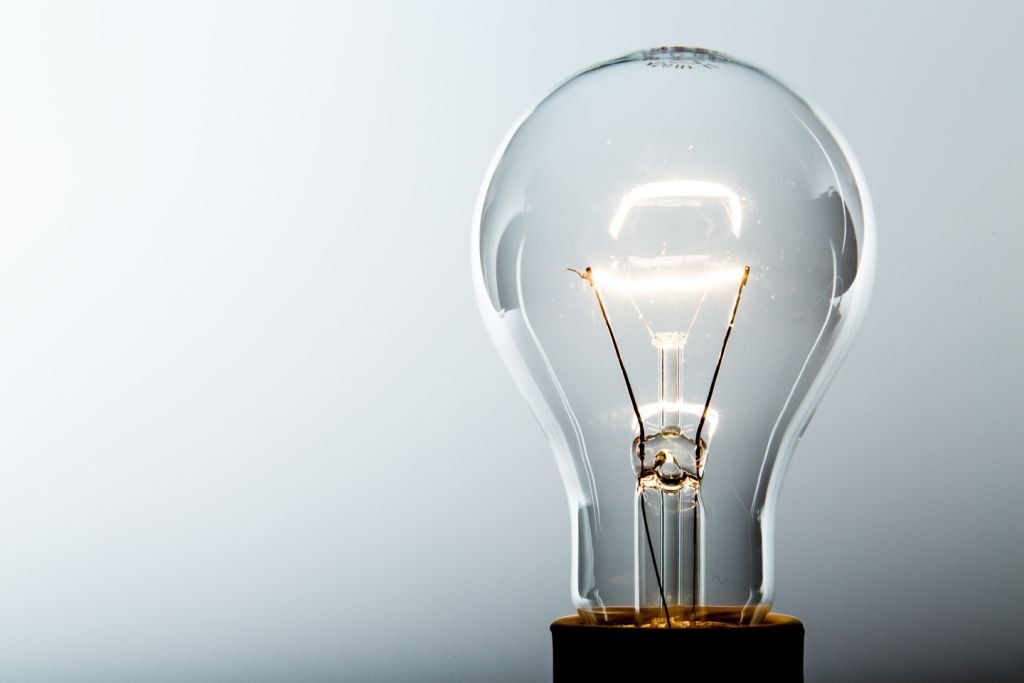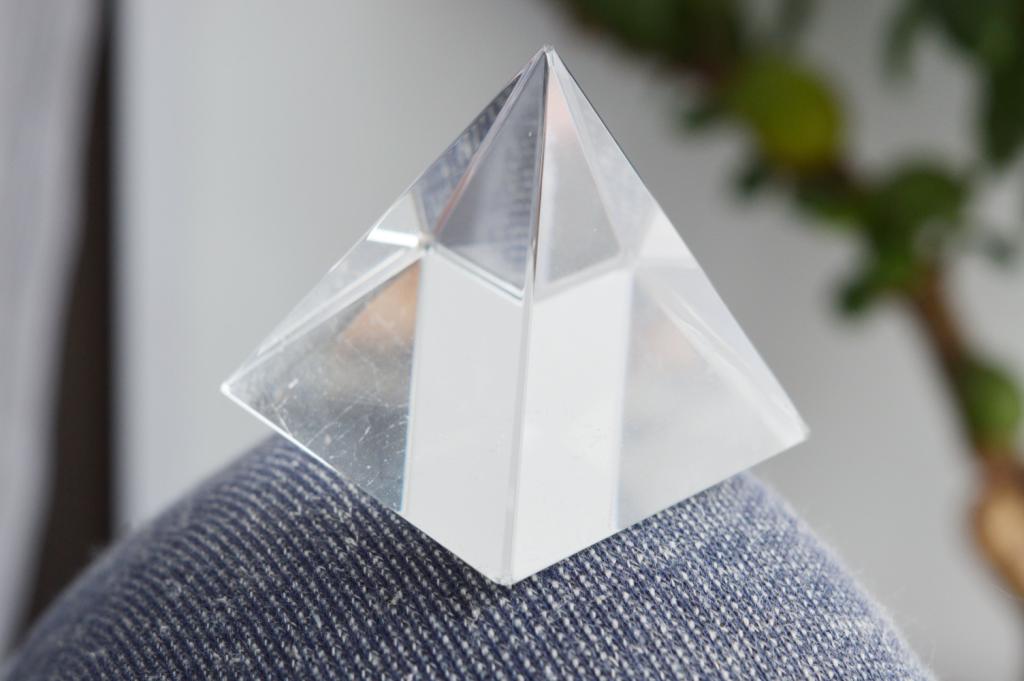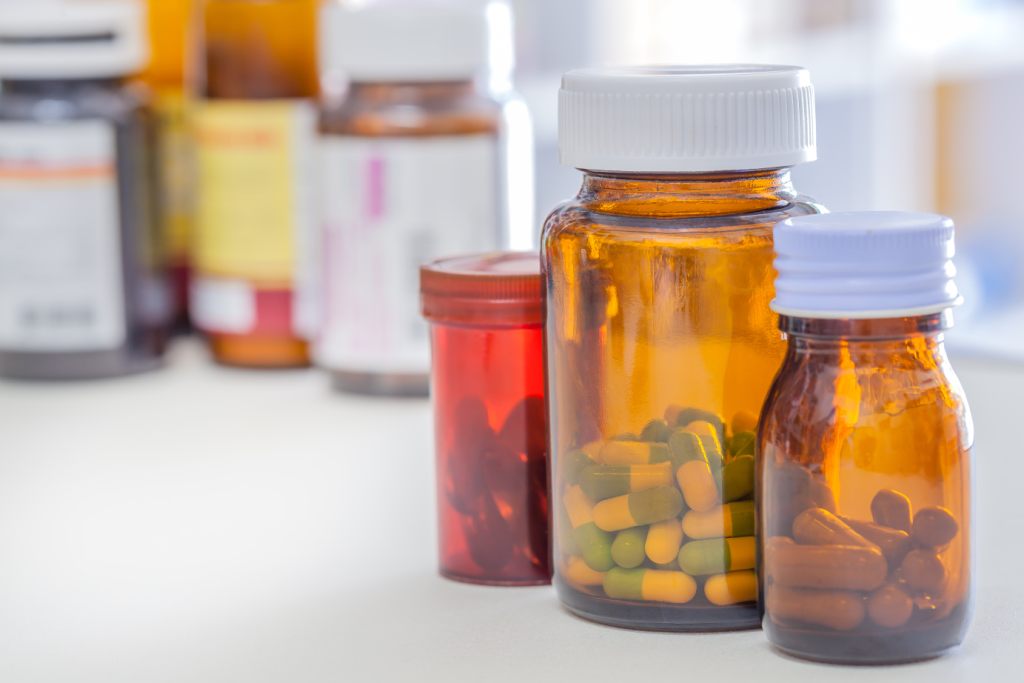
The glass is one of most the modern popular material used in construction. Glass is used extensively in façade, interior partitions, balustrades, railings for stairs and balconies, etc. Nowadays glass has become a versatile material to meet many special requirements in engineering, too.
Different types of glass are used for different day-to-day activities. Properties of glass are also suitably changed by changing the composition of principal constituents and adding few more ingredients. Here we have given brief information on various types of glass depending upon the principal constituent used during the manufacturing process.
Different types of glass based on principal constituent are as follows:
01. Soda lime glass:
Soda lime glass is also known as soda ash glass, soda glass, commercial glass or soft glass which is obtained from the fusion of a mixture of silica, lime, soda and alumina. Soda lime glass is generally composed of 70% silica, 15% soda i.e. sodium oxide and 9% lime. It is the most common type of glass produced in the world. Soda lime glass is further classified into two types; float glass and container glass. It is widely used for glazing of doors, windows, and for making ordinary glassware such as glass bottles, containers, etc.

Courtesy – Glass Doctor
02. Potash lime glass:
It is also known as hard glass or Bohemian glass. Potash lime glass is similar to soda lime glass, except that soda is replaced by potash. Potash lime glass has a high melting point and hence can withstand high thermal stresses. Hard glass has good resistance towards acids and alkalis as compared to soda lime glass. It is used for making laboratory apparatus and combustion tubes. They are also used as window glass, electric bulbs, plate glass, bottles, jars, and to make glassware which requires high-temperature resistance and chemical stability.

03. Potash lead glass:
It is also known as flint glass or lead glass. It is obtained from the fusion of a mixture of silica, lead, and potash, in which the content of lead is around 18-40%. Due to the presence of lead oxide, this glass has more transparent and shiny look. Lead increases the stability of the glass, and thus it is less brittle as compared to other glasses. Potash lead glass is used for high-quality glassware, cut glass, bulbs, lenses and prisms. Lead is also known to block x-rays and gamma radiations, thus they are used in making shields for personnel working in the nuclear science industry. Additionally, potash lead glass is also used for making optical glasses, cathode ray tubes, electrical insulators, x-ray rooms, operating theatres, radiation therapy rooms, dental clinics, veterinary clinics, laboratories and for materials testing.


04. Borosilicate glass:
Borosilicate glass is also known as Pyrex glass. It is obtained from the fusion of silica, borax, lime, and feldspar. Borosilicate glass has 70-80% of silica, 7-13% boric oxide, and small quantities of potassium oxide and aluminium oxide. Due to the addition of boron, borosilicate glass has good resistance to thermal and electric shocks. They can bear temperature difference of 165 0C without breaking. Unlike soda glass, borosilicate glass has a low coefficient of thermal expansion thus it can withstand thermal stresses. Borosilicate glass has more durability and has more scratch resistance as compared to soda lime glass. Also, they have excellent chemical resistant properties. Modern laboratories now use glassware made from borosilicate glass. They are also used in packaging of medicines and drugs. Borosilicate glass has many applications such as making glass cookware, microwave and ovens, semiconductors, flashlights, telescopes, etc.

05. Common glass:
Common glass is also known as bottle glass is prepared from cheap raw materials like sodium silicate, iron silicate and calcium silicate. Bottle glass is available in different colours like green, brown and yellow. They have moderate resistance to chemicals. Bottle glass allows less light to enter and thus prevents fading or degradation of products stored in it. Common glass is mainly used to manufacture household bottles, medicine bottles, glassware used for drinking, packaging of drugs, etc.

Also Read:
History of Glass & Its Invention for Window
Different Types of Glass Treatments
Frosted Glass: Basic Features You Should Know Before Using It

































